The late 1950s saw a brief peak in the popularity of cameras taking twelve 4×4 cm images on 127 film. They offered better-than-35mm quality without the bulk of a 6×6 medium format camera. The USP of the 4×4 size was the option to shoot transparencies as SuperSlides, which could be projected using most 35mm slide projectors. Tourist attractions would sell pre-shot SuperSlides as mementos, which drove a market for consumer-level cameras in the same format.
Many 4×4 cameras of this era were designed to be stylish and easy to use. None more so than the Bell & Howell Electric Eye 127, dating from 1958. It’s a substantial hunk of metal and feels very solid. The standard model was covered in black leatherette with a crackle-finish silver painted top cover. The rarer alternative had textured black paint on top, and was covered in a tweed-effect cloth. Mine is the latter, which I bought from an eBay seller in the US a couple of years ago.
The ‘Electric Eye’ moniker gives the game away about this camera’s key feature — auto exposure. It uses a selenium cell (no batteries required), but not where you would expect. The bubble-surfaced clear plastic around the lens suggests that’s where the cell is, like an Olympus Trip 35. It’s a red herring though, because the cell is actually at the back of the viewfinder, surrounding the eyepiece. It’s configured for ISO 80 as default, but a knob on the side of the viewfinder housing allows you to swing a translucent plate over the sensor. That changes it to ISO 32.
Talking of the viewfinder, it’s massive. Like, really, gloriously big. There’s a little green transparent dot at the bottom, and as long as you can see that, you’re good to go. If there isn’t enough light, the meter system moves a cover across the green dot. The main action of the meter is to rotate two thin discs that sit in the light path of the lens. They both have a tapered slot in them, which together form a square-ish aperture hole that varies in size according to the light level. The front disc has a series of red lines painted on it, so you can see it moving. The shutter speed is fixed, as is the focus. The winding knob is on the bottom, and it also cocks the shutter as you wind.
The film plane is curved, and winding relies on the use of a ruby window on the back of the camera. A weakness of that arrangement is a tendency for the film to go slack and wrinkle as you carry the camera around. With a decent depth of field it will probably still be in focus, but any straight lines can go rather wavy. I’ve found I can overcome that by only winding on (to the next number in the window) immediately before taking a shot. That works well with my preferred method of not forgetting whether I’ve wound on or not. After taking a shot on a camera with a ruby window, I always immediately wind on a little bit so it’s between frames. Then the next time I look at the window, it’s obvious that I haven’t wound to the next frame yet.
On a sunny August day, I put a self-slit roll of Kodak Ektar 100 into it and went for a photo-walk in and around the Norfolk coastal village of Mundesley (pronounced Muns-lee). The results are pleasingly sharp and the exposures were spot-on. It’s very nice to use with that big viewfinder, but not easy to hold. I found myself using my left thumb underneath and fingers on top of the viewfinder, leaving my right hand free for the shutter release. People with smaller hands may not have that option. I’m tempted to design and 3D-print a left-hand grip, using the attachment points for the optional matching (tweed!) flashgun. I could even put a working hotshoe on top. Another winter project for the list.
Here’s the pics:
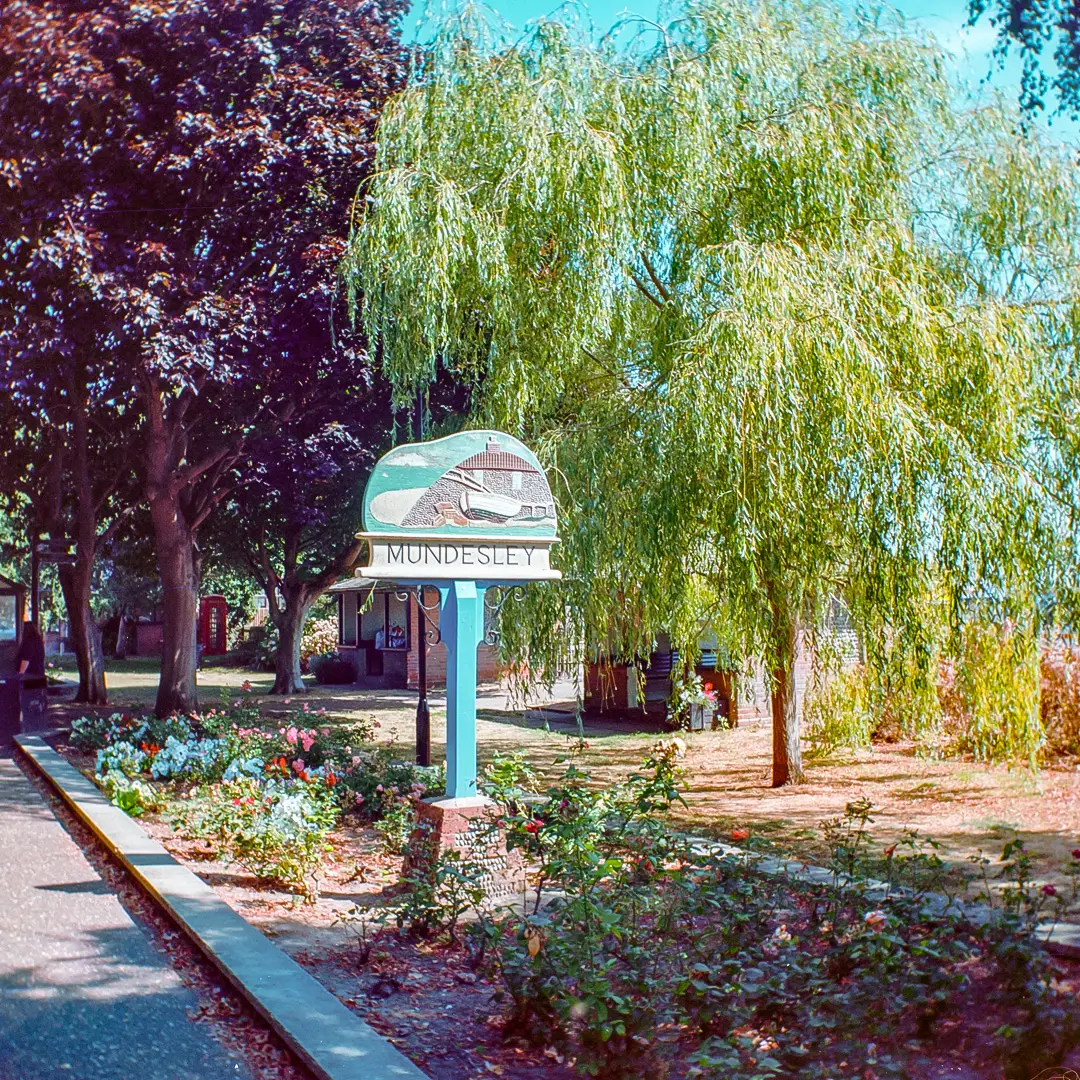

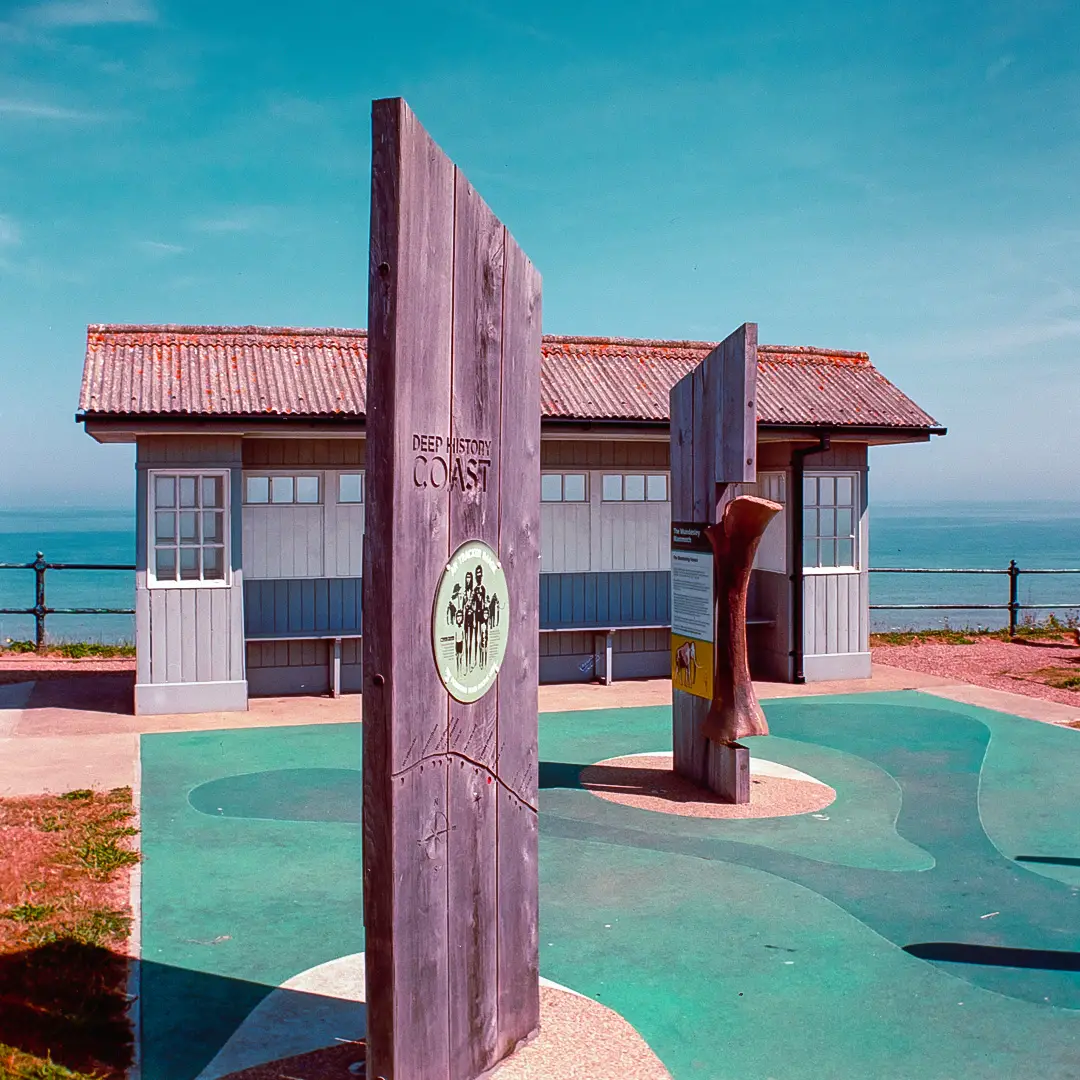
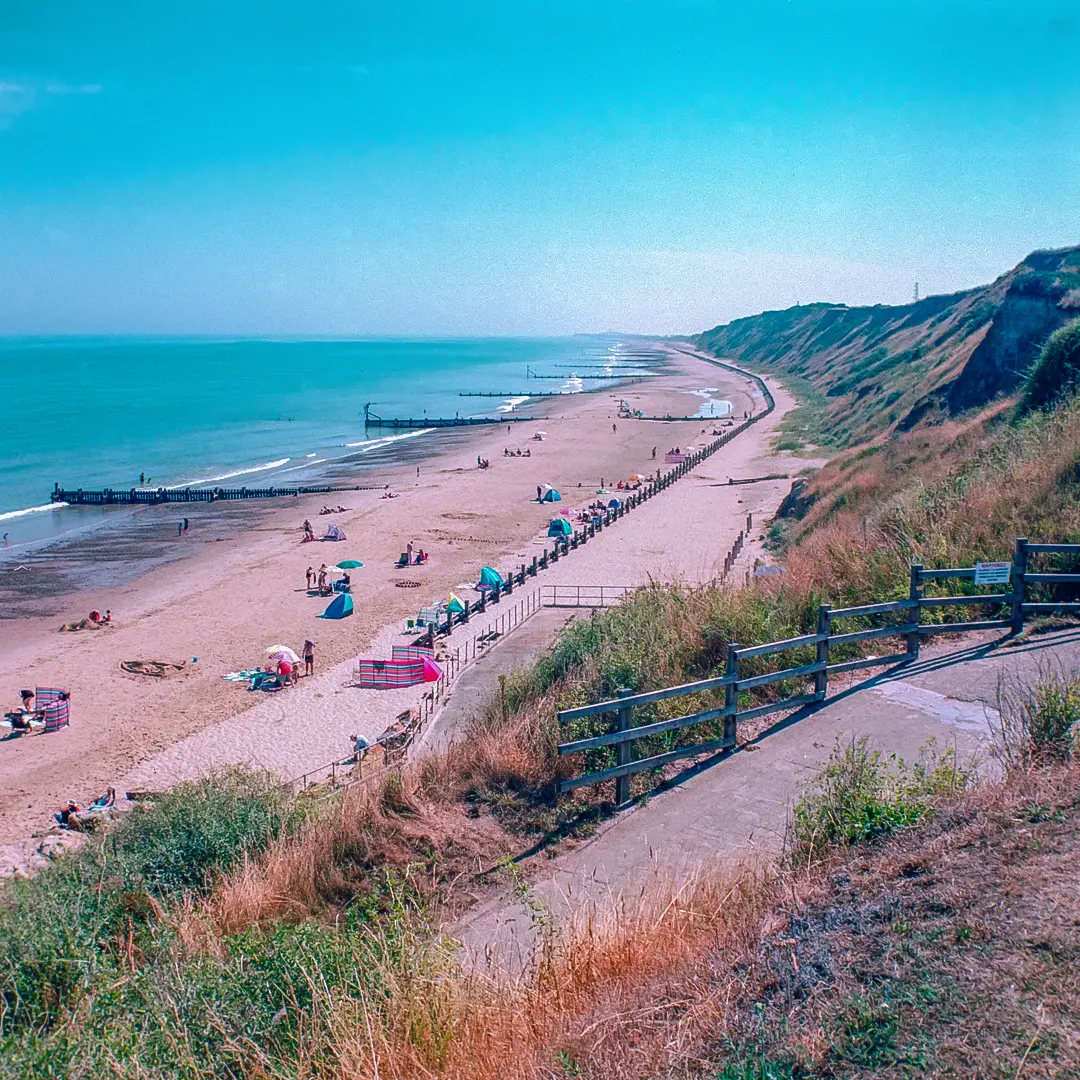
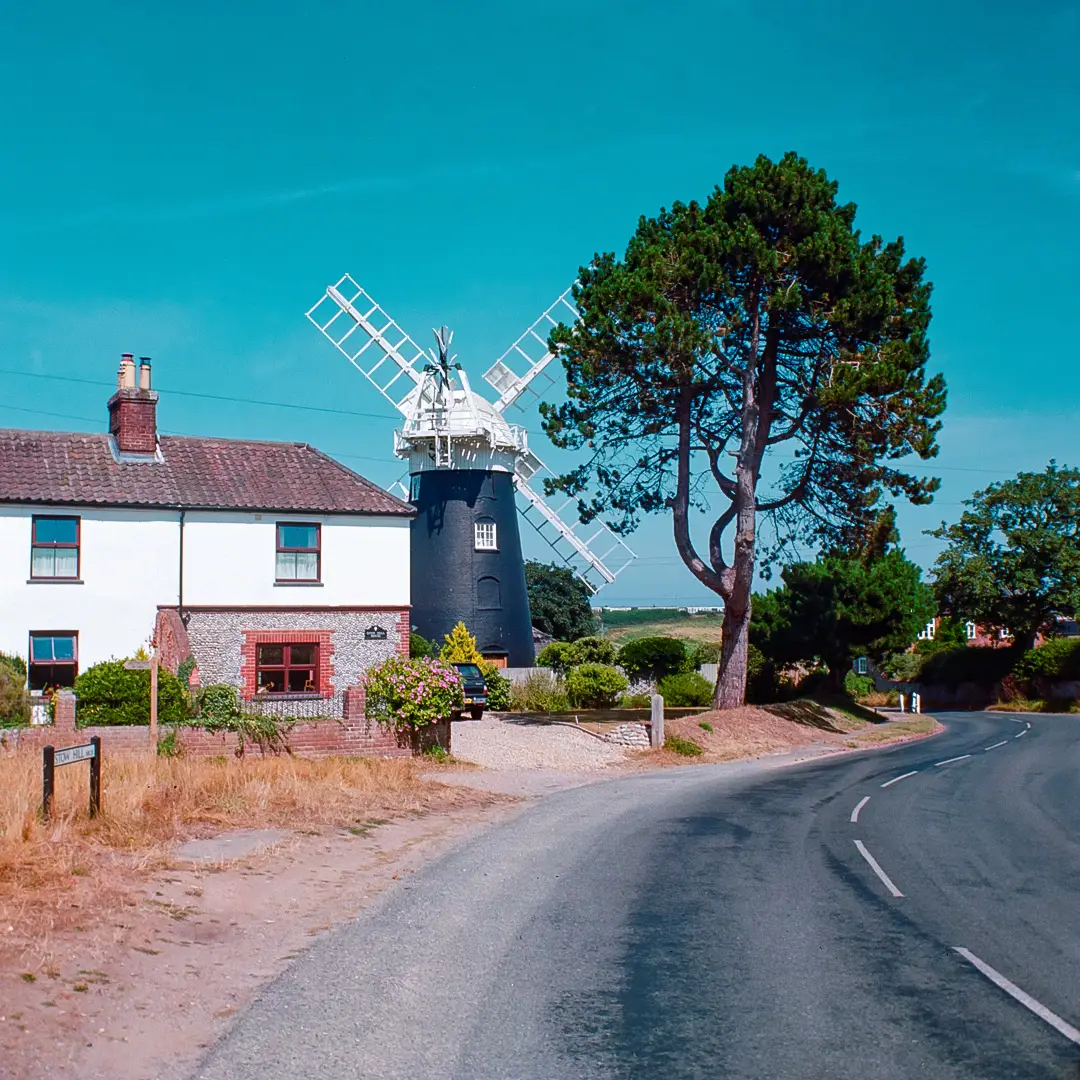
Share this post:
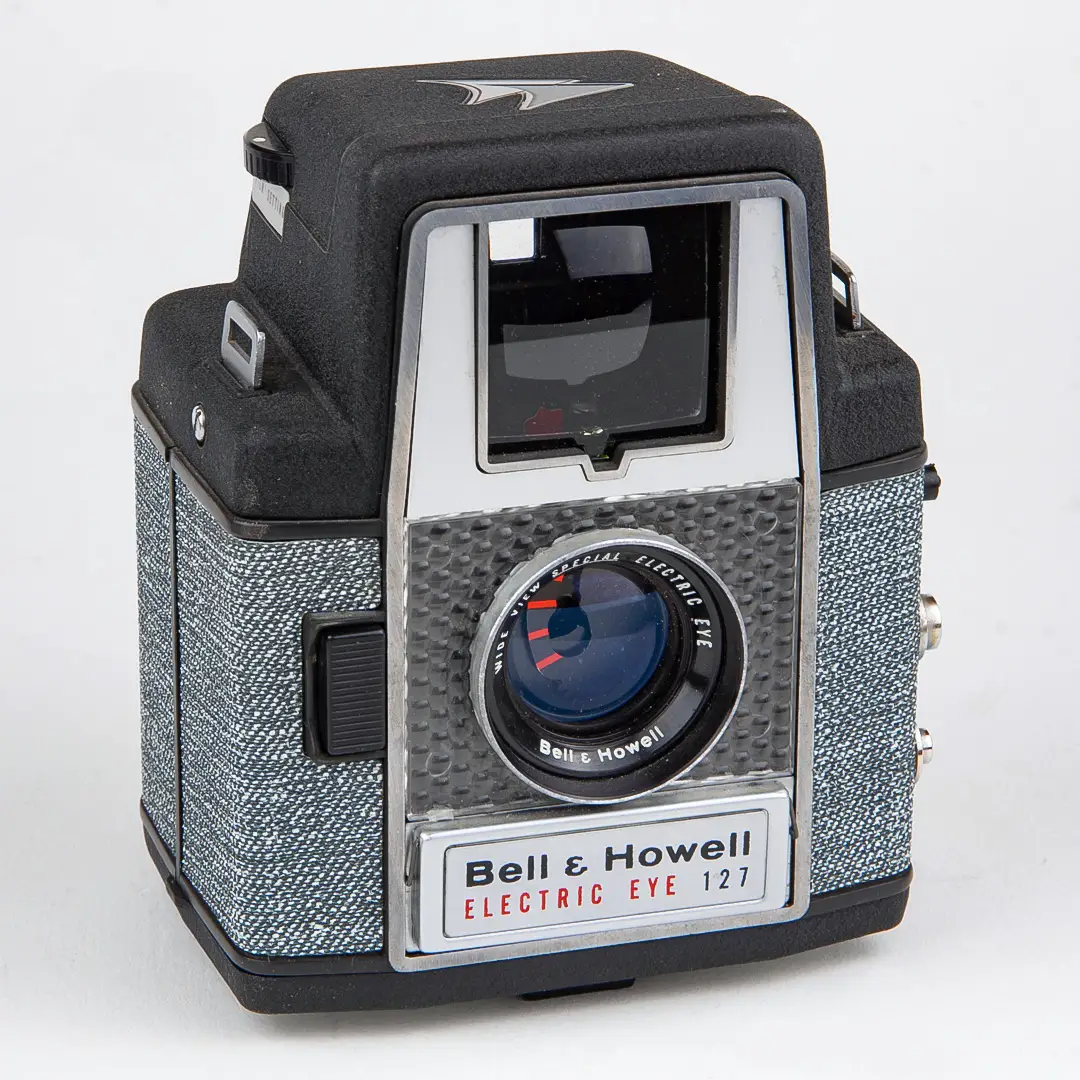








Comments
an on 5 Frames with a Bell & Howell Electric Eye 127 and Kodak Ektar 100 – by Stuart Jenkins
Comment posted: 05/10/2022
Comment posted: 05/10/2022
John Furlong on 5 Frames with a Bell & Howell Electric Eye 127 and Kodak Ektar 100 – by Stuart Jenkins
Comment posted: 05/10/2022
Comment posted: 05/10/2022
sonny rosenberg on 5 Frames with a Bell & Howell Electric Eye 127 and Kodak Ektar 100 – by Stuart Jenkins
Comment posted: 05/10/2022
Comment posted: 05/10/2022
Gil Aegerter on 5 Frames with a Bell & Howell Electric Eye 127 and Kodak Ektar 100 – by Stuart Jenkins
Comment posted: 05/10/2022
Comment posted: 05/10/2022